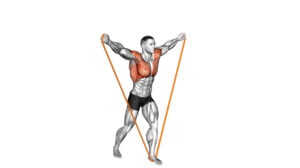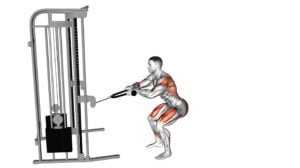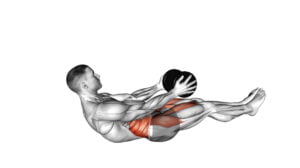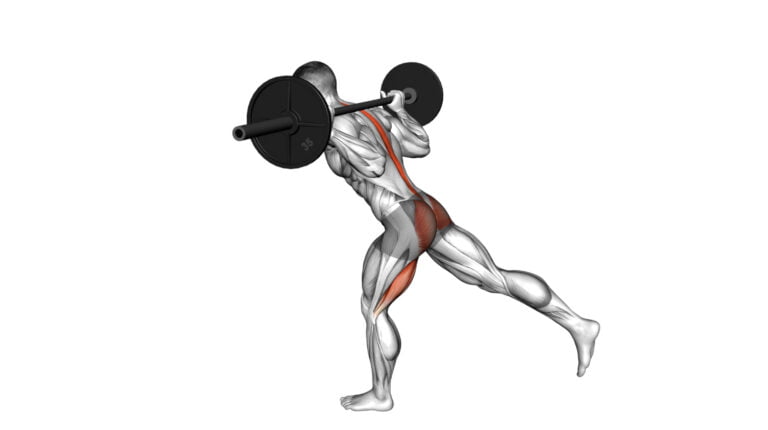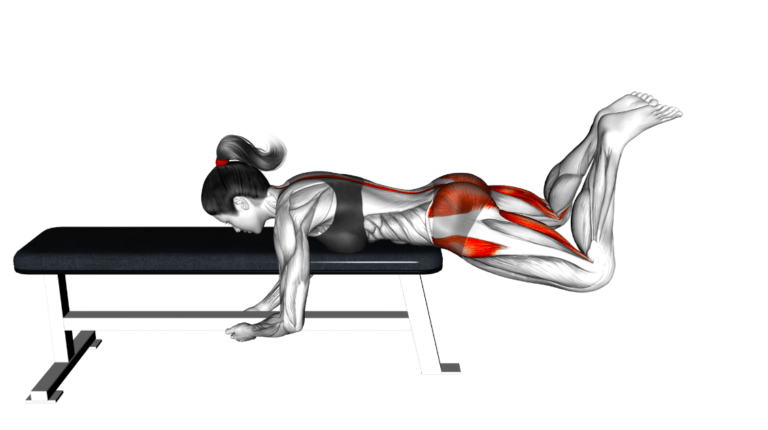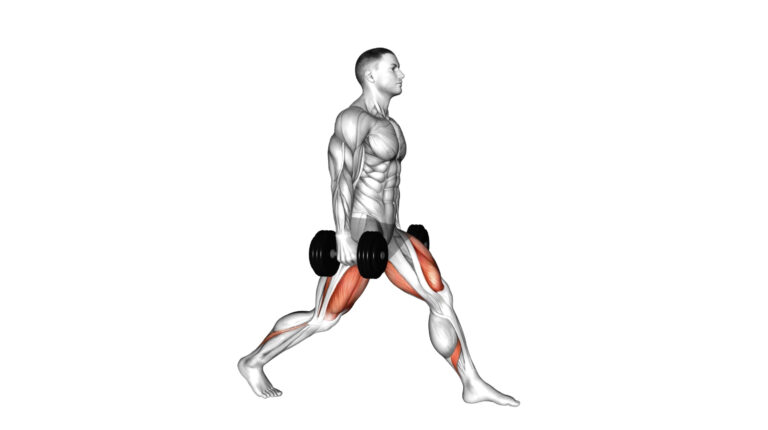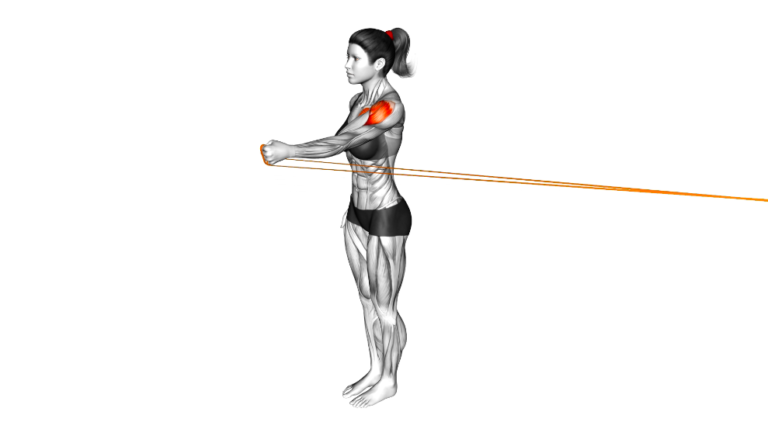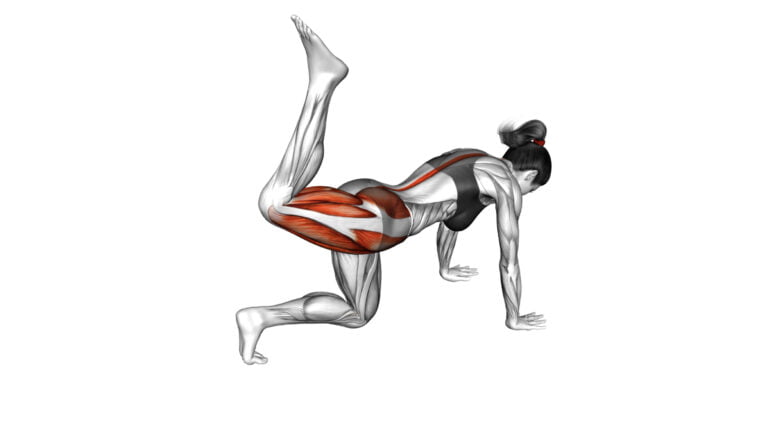10 Incredible Kneeling Exercises for Strength & Stability
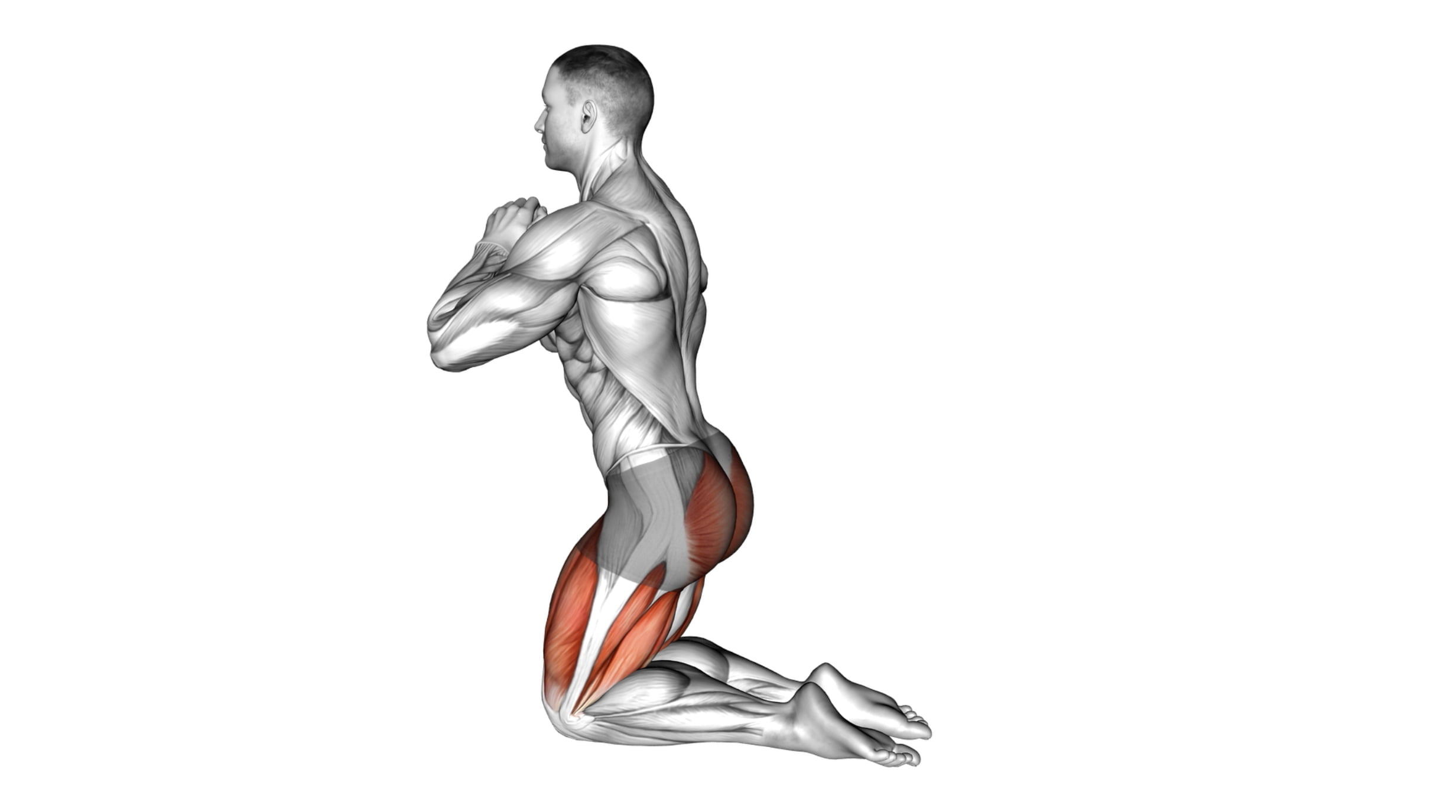
Kneeling exercises are often overlooked but they’re a powerhouse for enhancing core strength and stabilizing your entire body. As a seasoned fitness coach with years of experience in strength and conditioning, I’ve seen firsthand the transformative impact these exercises have on my clients’ physical health.
They not only fortify the muscles surrounding your spine but also significantly improve hip mobility—a critical element for functional movement.
This post will delve into ten remarkable kneeling exercises that incorporate weights and equipment for an even greater challenge. Through these movements, you’ll develop better trunk stability, upper body control, and enjoy increased flexibility in your hips – essential components of robust health.
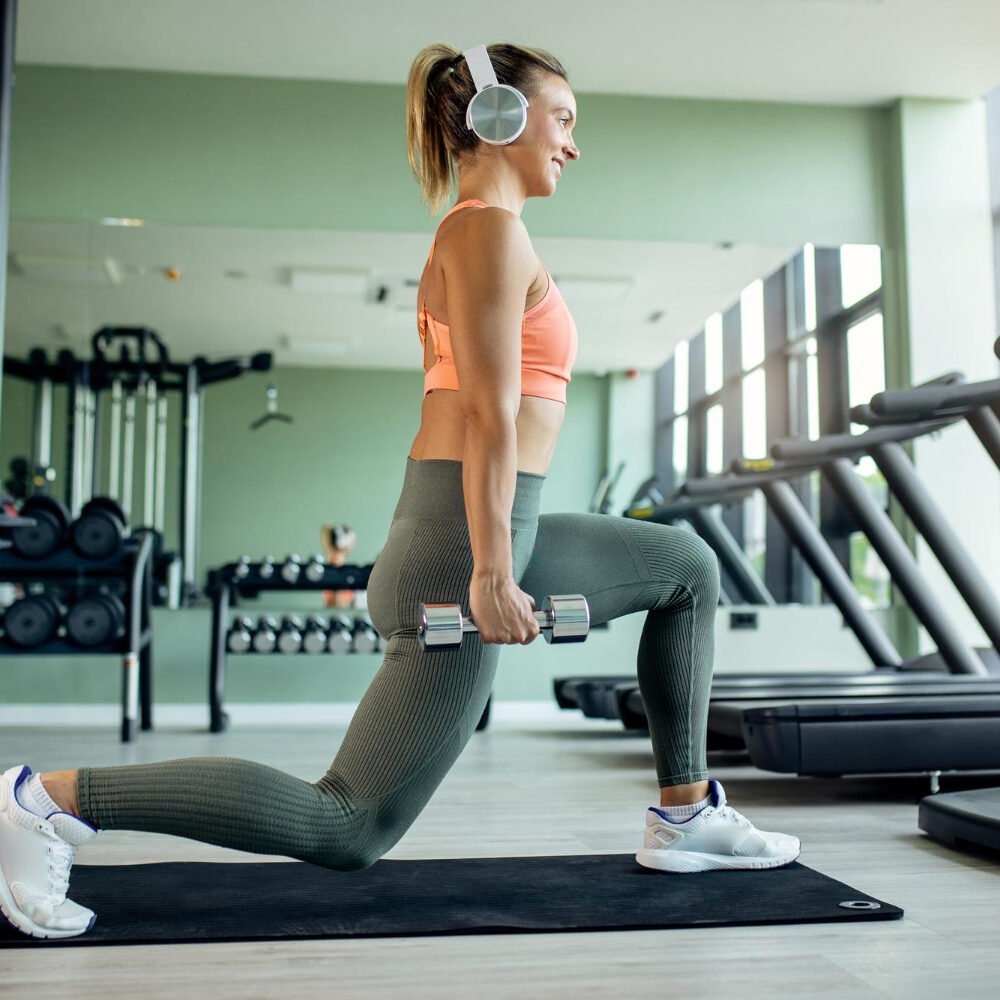
Embrace the difference these maneuvers can make; let’s strengthen that core!
Key Takeaways
- Kneeling exercises are essential for enhancing core strength, increasing upper body control, improving hip mobility, and reducing the risk of injury.
- Incorporating weights and equipment into kneeling exercises can significantly challenge your muscles, lead to greater stability and coordination, and help prevent muscle imbalances.
- Effective kneeling movements like hip thrusts, leg lifts, thruster presses with landmines or dumbbells, rotational push-ups, side crunches with cables or resistance bands offer a full-body workout that targets multiple muscle groups simultaneously.
- Focusing on proper form and technique during all exercises—such as keeping shoulders down and back, engaging core muscles properly—is crucial in maximizing benefits while avoiding injury.
- Progressively increasing weight and difficulty level in these kneeling exercises ensures continuous improvement in stability and overall fitness.
Benefits of Kneeling Exercises for Strength and Stability
Kneeling exercises are highly effective for improving core stability, increasing upper body motor control, and enhancing hip mobility. These exercises can help strengthen the glutes, flexors, and adductors while also providing a great workout for the shoulders and knees.
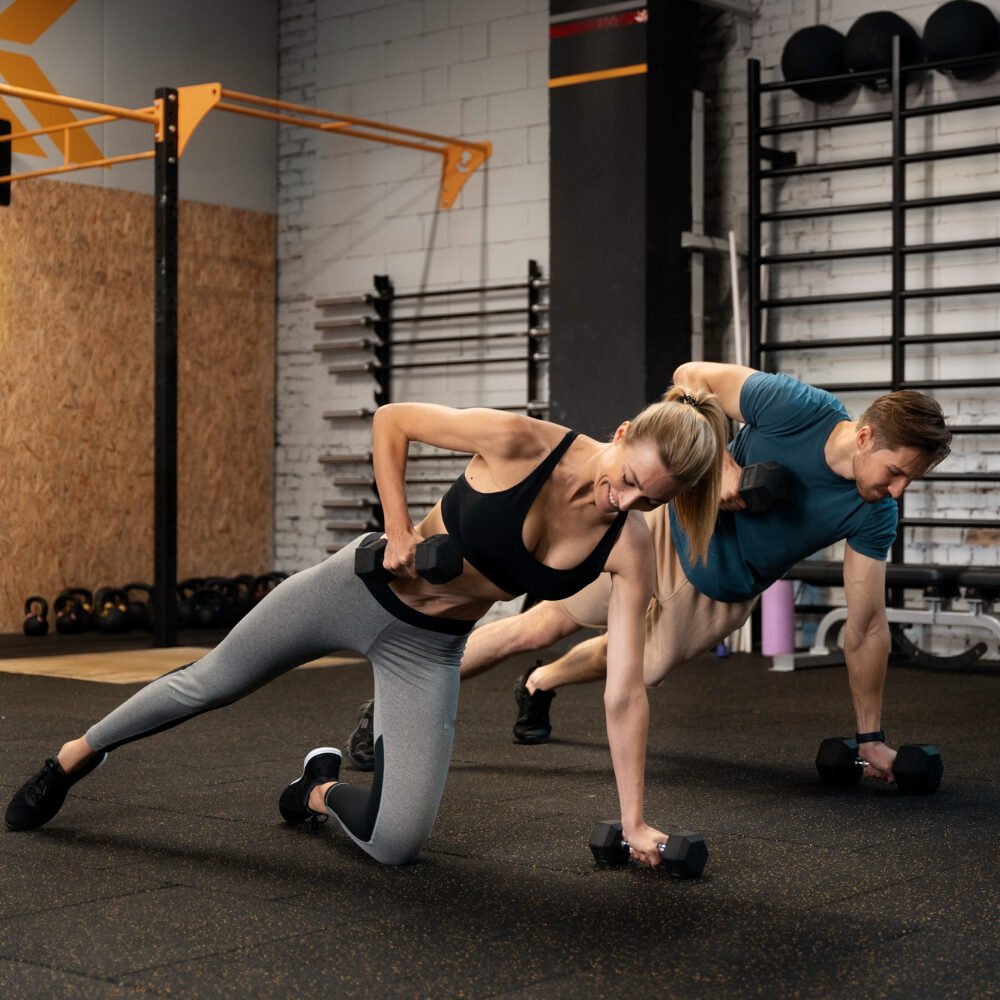
Improved trunk stability
Steady and strong trunk stability is essential for everyday movements, from lifting groceries to perfecting your form in the gym. Kneeling exercises target the muscles around your spine, hips, and abdomen.
They force these core muscles to work hard at keeping you balanced and upright. This type of training not only enhances your overall strength but also reduces the risk of injury by providing a solid foundation for all physical activities.
Think of your body as a tree; without a sturdy trunk, branches would succumb to the wind’s power. Similarly, by honing trunk stability through kneeling workouts like planks or twists, you lay down roots that ensure better posture and more efficient movement patterns.
Engaging in such activities fortifies those deeper glute muscles, tightens up hamstrings and adductors while developing proprioceptive skills crucial for sports performance or just moving confidently throughout daily life.
Increased upper body motor control
Taking your workout to the kneeling position does more than just challenge your balance. It engages and strengthens an array of muscles in the upper body, sharpening motor control which is crucial for tasks ranging from everyday activities to advanced sporting movements.
As you stabilize yourself during a kneeling push-up or hoist a kettlebell overhead, your arms, shoulders, and back work together in harmony, improving coordination and overall functional fitness.
Upper body motor control benefits go hand-in-hand with strong core muscles. For instance, performing exercises like the half-kneeling chop or landmine kneeling thruster press demands that you maintain precision in arm movements while also managing weights.
This not only reinforces muscle memory but also fine-tunes neuromuscular pathways – vital links between brain signals and muscle action. Consistency in these workouts can lead to impressive gains in stability and dexterity that might even catch you by surprise as you reach new heights in your fitness journey.
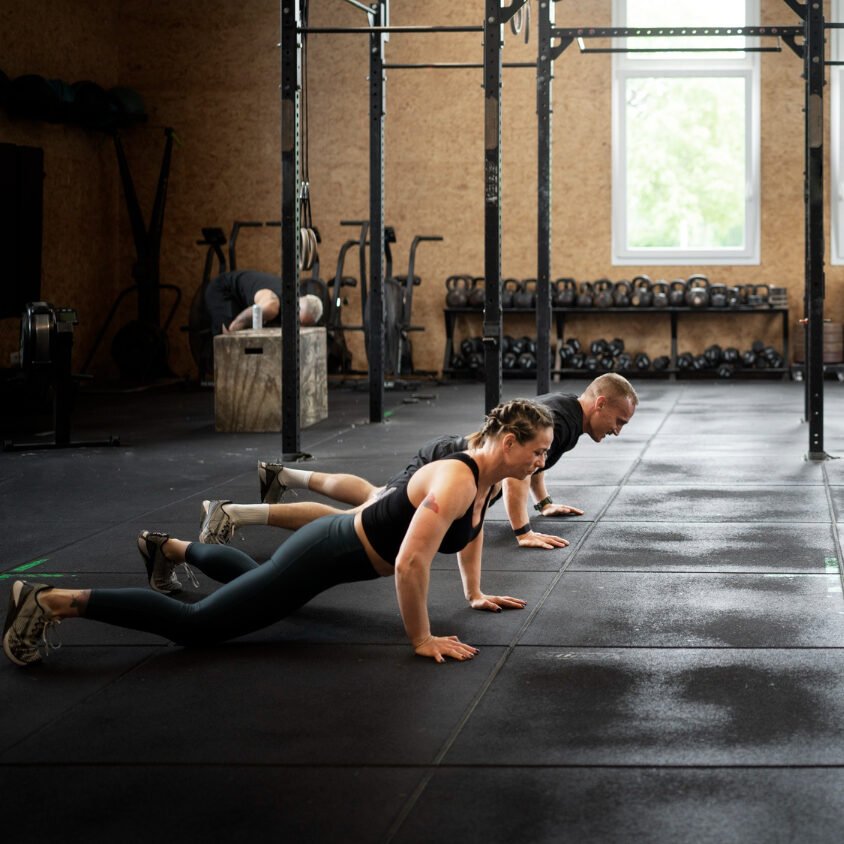
Hip mobility
Hip mobility is crucial for executing kneeling exercises effectively. Strong and flexible hips help maintain stability, enhance movement range, and prevent injuries common in activities like running or squatting down.
People often overlook hip flexibility, but it’s a game-changer for athletes and fitness enthusiasts alike. It plays a vital role in movements requiring leg abduction, trunk flexion, and lower back support.
Incorporating hip mobilization into your routine can lead to better performance of compound exercises such as deadlifts, full squats, and lunges. A mobile hip allows the pelvis to move smoothly, which helps with deep squat positioning without straining the lower back.
Regularly practicing stretches designed for gluteus muscle groups or engaging in physical therapy techniques like proprioceptive neuromuscular facilitation can significantly improve your hip flexibility over time.
10 Incredible Kneeling Exercises
Challenge yourself with a variety of kneeling exercises that incorporate weights and equipment to build strength and stability in your core. These exercises are designed to target different muscle groups and improve overall body control, helping you take your fitness routine to the next level.
1. Kneeling Hip Thrust
To perform a kneeling hip thrust, start in a kneeling position with your back straight and core engaged.
Push through your heels and squeeze your glutes to lift your hips upward until they are in line with the knees. Hold for a moment at the top before lowering back down in a controlled manner.
For added challenge, you can use heavier weights or add resistance bands. This exercise effectively targets the glutes and hamstrings, promoting lower body strength and power. It also helps improve hip mobility and stability, making it an excellent addition to any lower body workout routine.
2. Bodyweight Kneeling Sissy Squat
Engage your quadriceps, hamstrings, and glutes with the bodyweight kneeling sissy squat. Start by standing on one leg, then bend at the knee of your non-weight-bearing leg while keeping it off the ground.
Lower down until you feel a deep stretch in your quads, and then press back up to the starting position. This exercise targets multiple lower body muscles and is perfect for building strength and stability.
Challenge yourself further by adding resistance or performing higher repetitions to increase muscle endurance. The bodyweight kneeling sissy squat is an effective way to improve lower body strength without needing any equipment.
Incorporate this exercise into your routine for stronger legs and enhanced overall stability.
3. Kneeling Back Leg Lift
Transitioning from the Bodyweight Kneeling Sissy Squat, the Kneeling Back Leg Lift is an exceptional exercise that targets the glutes and hamstrings. To perform this exercise, begin in a kneeling position with your hands under your shoulders.
Engage your core and lift one leg straight back behind you while keeping it in line with your torso. Lower the leg back down without touching the ground and repeat for several reps before switching to the other leg.
The Kneeling Back Leg Lift effectively strengthens the muscles of the hips, promotes hip extension, and enhances overall lower body muscle tone. This exercise also helps improve stability and can be modified by adding ankle weights for progressive overload.
4. Landmine Kneeling Thruster Press
The Landmine Kneeling Thruster Press is an effective full-body exercise that targets the shoulders, core, and legs. Begin by kneeling with one foot forward and the opposite knee on the ground.
Hold a barbell or landmine with both hands at shoulder height. Push the weight overhead while extending your hips and knees, then lower it back to the starting position. This movement engages multiple muscle groups simultaneously, providing a great way to improve strength and stability.
Engage your entire body as you press the weight upward from the kneeling position, integrating core stability with upper body strength for a powerful movement that enhances overall functional fitness.
5. Dumbbell Kneeling Hold to Stand
How to perform the Dumbbell Kneeling Hold to Stand exercise? With the dumbbell resting on your right shoulder, kneel down on one knee. Engage your core and push through your front foot to stand up while pressing the dumbbell overhead. Lower back down to the kneeling position with control and repeat for a set number of reps before switching sides.
This exercise targets multiple muscle groups including the shoulders, core, and lower body, promoting overall strength and stability.
6. Dumbbell Kneeling Hold to Stand Clean grip
To perform the Dumbbell Kneeling Hold to Stand Clean grip exercise hold a dumbbell in each hand at the sides of your body, palms facing inwards. With a tight grip, brace your core and lift your chest. Push through your heels to stand tall while keeping the weights close to your thighs.
Throughout the movement, maintain a straight back and avoid arching or rounding.
Engage your glutes and quads as you rise from the kneeling position up to standing. The clean grip ensures that you develop strength in both upper and lower body muscle groups simultaneously, providing an excellent full-body exercise experience.
7. Kneeling Rotational Push Up
Perform the kneeling rotational push up by starting in a high plank position with your hands directly under your shoulders. Lower yourself down into a push-up, then rotate your body as you lift one hand off the ground and extend it towards the ceiling, opening up your chest to face sideways.
Return to the starting position and repeat on the other side. This exercise engages multiple muscle groups including the chest, shoulders, triceps, and core while also challenging stability and coordination.
The kneeling rotational push up helps to build upper body strength and improve rotational control in the trunk, making it a valuable addition to any core-strengthening routine. By incorporating this dynamic movement pattern into your workouts, you can enhance overall functional strength and stability while targeting key muscles involved in everyday activities and sports performance.
8. Cable Kneeling Side Crunch
Transitioning from the Kneeling Rotational Push Up, we move on to the Cable Kneeling Side Crunch. This exercise targets the obliques and helps in strengthening and toning the side abdominal muscles.
Start by attaching a D-handle to a cable machine at shoulder level. Then, kneel down next to the machine with your side facing it.
Grasping the handle with one hand, position your arm in front of you so that it’s perpendicular to the floor. With controlled movement, bring your elbow down towards your hip while contracting your obliques.
9. Cable Half Kneeling Single Arm Row
Incorporate the cable half kneeling single arm row into your workout routine to target your back, shoulders, and arms. Begin by adjusting the cable pulley to a low setting. With one knee on the ground and the other foot planted in front, grab the handle with one hand and pull it towards your torso in a smooth, controlled motion.
Focus on keeping your core engaged and your back straight throughout the movement. This exercise helps build unilateral strength while enhancing stability and balance.
Utilize this exercise for developing a strong, balanced upper body while also improving overall stability and control. By engaging multiple muscle groups at once, such as lats, rhomboids, rear delts, biceps, forearms, and core muscles simultaneously improve shoulder function helping prevent chronic pain or injury.
10. Band Half Kneeling Chop
Engage your core and build rotational strength with the band half kneeling chop exercise. Secure a resistance band to a sturdy anchor at chest height. Kneel on one knee while holding the band’s handle with both hands at one side of your body.
Pull the band diagonally across your body, rotating through your torso as you extend your arms upward and away from the anchor point.
Focus on maintaining stability in your hips and shoulders throughout the movement. Control the return as you bring the band back down, resisting its pull. This exercise targets your obliques, transverse abdominis, and shoulder stabilizers while enhancing functional strength for activities that involve twisting or reaching movements.
Tips for Proper Form and Technique
To ensure proper form and technique while performing these kneeling exercises, it’s important to keep your shoulders down and back, engage your core muscles throughout the movements, maintain proper alignment of your body, and gradually increase the difficulty or weight as you progress.
These tips will help maximize the effectiveness of the exercises while minimizing the risk of injury.
Keeping shoulders down and back
Engage your shoulder muscles by keeping them pulled down and back in a straight line. This helps maintain proper posture and prevents unnecessary strain on the neck and upper back during kneeling exercises.
Focus on activating the upper back and chest muscles to stabilize your shoulders for better overall alignment and support.
Maintaining this position will improve your form, reduce the risk of injury, and enhance the effectiveness of each exercise. By safeguarding this critical area, you can build strength without compromising stability or risking avoidable stress on supporting muscles.

Engaging core muscles
To effectively engage your core muscles during kneeling exercises, focus on maintaining a strong and stable midsection. Keep your back straight and shoulders down to encourage proper alignment while performing movements.
Tighten your abdominals as if bracing for a light punch to ensure that you’re activating the deep core muscles.
As you perform each exercise, pay attention to actively contracting the abdominal muscles rather than simply “sucking in” or pushing out the stomach. This engagement will help stabilize your spine and pelvis, providing a solid foundation for each movement.
Proper alignment
Maintain proper alignment by keeping your shoulders down and back, engaging the core muscles, and ensuring that your hips are in line with your knees. This alignment is crucial for preventing strain on the lower back and promoting stability throughout the exercises.
When performing kneeling exercises, focus on gradually increasing weight and difficulty to challenge your core while still maintaining proper form.
Proper alignment involves correct positioning of the body to support muscle engagement and prevent injury during kneeling exercises. It ensures that you are able to perform these movements effectively without compromising safety or effectiveness.
Gradually increasing weight and difficulty
To maximize the benefits of kneeling exercises, it’s crucial to progressively amplify the weight and difficulty. Begin with lighter weights or resistance bands and gradually increase the load as your strength improves.
This gradual progression will challenge your muscles and promote continual growth, helping you achieve greater stability, core strength, and overall fitness.
As you advance in your training, consider incorporating more complex variations of kneeling exercises such as adding equipment like dumbbells or using an unstable surface to further enhance the challenge.
Conclusion

In conclusion, these 10 incredible kneeling exercises offer practical and efficient ways to strengthen your core and build stability. Have you considered incorporating these exercises into your workout routine? How can you apply what you’ve learned here to achieve better results in your fitness journey? By prioritizing the importance of core strength and stability, you can significantly impact your overall physical performance and well-being.
Don’t miss out on the opportunity to explore further resources or guidance for enhancing your core strength and stability. Remember, taking proactive steps towards improving your core strength can lead to remarkable progress in your fitness goals!
FAQs
1. What are kneeling exercises good for?
Kneeling exercises are great for strengthening your core, building leg and butt muscle stability, and helping with lower back pain. They’re a key part of strength training to keep you strong and stable.
2. Can kneeling exercises help runners?
Absolutely! Runners benefit from these workouts as they target the calf raises, improve flexibility in the lower legs, and can support rehab for overuse injuries like tendonitis.
3. Will doing modified push-ups in a kneeling position still work my upper body?
Yes, modified push-ups from a kneeling stance will effectively work your arms and chest while reducing strain – they’re perfect if you’re starting out or working on form!
4. Are there any single-leg squat movements that I can do while kneeling?
Single-leg squats done while kneeling will definitely challenge your balance and build strength in your legs—especially that important kneecap area—making them an excellent choice for stability training.
5. How does resistance training factor into kneeling exercises?
Incorporating resistance training with tools like bands or dumbbells during knee-based workouts intensifies the exercise; expect to see an increase in muscle tone through moves like goblet squats or bicep curls.
6. If I have never done these before, should I consult someone before trying kneeling exercises?
Starting new exercises especially ones targeting flexibility or incorporating weights such as hammer curls or goblet squats—it’s smart to talk with a physical therapist or certified trainer who ensures proper technique is used right from the start.

Author
Years ago, the spark of my life’s passion ignited in my mind the moment I stepped into the local gym for the first time. The inaugural bead of perspiration, the initial endeavor, the very first surge of endorphins, and a sense of pride that washed over me post-workout marked the beginning of my deep-seated interest in strength sports, fitness, and sports nutrition. This very curiosity blossomed rapidly into a profound fascination, propelling me to earn a Master’s degree in Physical Education from the Academy of Physical Education in Krakow, followed by a Sports Manager diploma from the Jagiellonian University. My journey of growth led me to gain more specialized qualifications, such as being a certified personal trainer with a focus on sports dietetics, a lifeguard, and an instructor for wellness and corrective gymnastics. Theoretical knowledge paired seamlessly with practical experience, reinforcing my belief that the transformation of individuals under my guidance was also a reflection of my personal growth. This belief holds true even today. Each day, I strive to push the boundaries and explore new realms. These realms gently elevate me to greater heights. The unique combination of passion for my field and the continuous quest for growth fuels my drive to break new ground.

